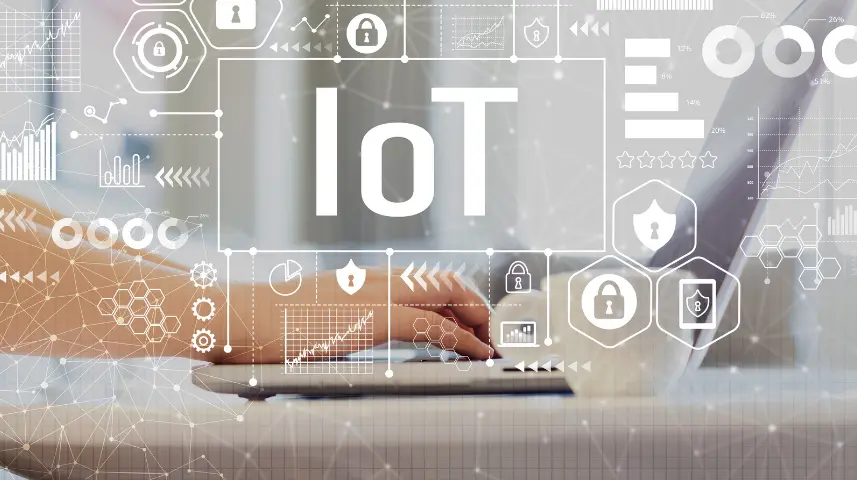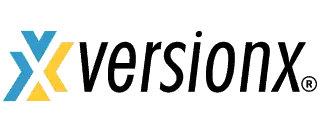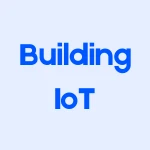
Transforming Building Facility Using IoT Technology
The use of IoT technology is driving significant transformation in building facility management systems.
By integrating smart devices and sensors, IoT offers unprecedented control, monitoring, and automation of various building facility systems - ranging from HVAC and lighting to access control and fire safety. Real-time insights lead to enhanced operational efficiency and better decision-making - ultimately resulting in substantial cost savings.
In this blog post, we explore the use of IoT in various facility systems and the significant benefits it brings to organizations.
1. Energy Management System
Energy management systems encompass the tools, strategies, and technologies used to monitor, control, and optimize energy use within a facility or building.
IoT-based energy management systems integrate various energy sources and consumption points, providing a holistic view of energy usage in a building.
Organizations can leverage data analytics and automation for informed decision-making and proactive management.
Result: Optimized energy use, reduced costs, achieve sustainability goals
In the following sections we discuss 3 subsections of an energy system.
“IoT-based energy management systems integrate various energy sources and consumption points, providing a holistic view of energy usage in a building.”
a. HVAC System
Heating, ventilation, and air conditioning systems consume significant energy and are often managed as part of the overall energy system.
IoT systems enable real-time monitoring and control of HVAC systems. They ensure optimal temperature and air quality while reducing energy consumption.
By integrating sensors and smart controls, organizations can automate adjustments based on occupancy and external weather conditions.
Result: Improved comfort, cost savings, and efficiency
b. Electrical System
Electrical systems refer to the network and infrastructure responsible for the distribution and management of electrical power within a facility. They are a subset of the overall energy systems in a facility.
IoT solutions provide comprehensive overview of electrical systems, allowing for predictive maintenance and immediate response to faults.
Through continuous monitoring of power usage and quality, organizations can enhance reliability, prevent outages, and optimize energy consumption.
Result: Cost savings and improved safety
c. Lighting System
Lighting systems refer to the network of fixtures, controls, and infrastructure used to provide illumination within a facility.
IoT-enabled lighting systems offer smart control and automation. The system adjusts lighting levels based on occupancy and natural light availability.
Result: Improved working environment, energy efficiency, cost savings
2. Access Control System
Access control systems manage and control entry and exit points in a building, ensuring only authorized individuals can access certain areas.
IoT-enabled access control systems enhance security by providing real-time monitoring and management of entry points.
These systems allow for seamless integration with other security measures, automate access permissions, and provide detailed logs, ensuring that only authorized personnel can access designated areas.
Result: Improved safety and security, reduced time
3. Lift And Elevators
IoT technology ensures the efficient operation of lifts and elevators.
It monitors performance and predicts maintenance needs through real-time data collection and analysis.
Result: Improved safety, reduced breakdown and wait time, enhanced user experience
4. CCTV System
IoT integration in CCTV systems offers advanced features such as real-time video analytics, remote monitoring, and automated alerts.
The system enables proactive threat detection, quicker response times, and comprehensive surveillance coverage.
Result: Improved safety and security, peace of mind of management and residents
5. Fire Alarm and Public Address
IoT solutions enhance fire alarm and public address systems by providing real-time monitoring, remote control, and automated alerts.
These systems ensure timely detection of fire hazards, facilitating efficient evacuation, and providing clear communication during emergencies.
Result: Enhanced safety, increased regulatory compliance
6. Parking Management System
IoT-enabled parking management systems offer real-time availability tracking, automated payment processing, and optimal space utilization.
These systems reduce search times for parking spots, improve traffic flow and space management.
Result: Improved user experience, reduced time, maximized revenue
7. PHE System
The PHE system primarily focuses on the internal plumbing infrastructure of buildings, including water supply, distribution, and drainage for domestic or commercial purposes.
IoT solutions for PHE systems offer real-time monitoring and control of water supply, waste management, and sanitation services.
The system conducts immediate detection of issues such as leaks, contamination, or equipment failures. It can automate routine maintenance tasks and optimize resource allocation, ensuring that clean water is consistently available to the community and waste is effectively managed.
Result: Improved public health, increased regulatory compliance
8. Irrigation System
Irrigation systems are specifically designed for outdoor use, such as watering gardens, lawns, agricultural fields, or landscaping, and they involve specialized equipment and techniques tailored for efficient water delivery to plants or crops
IoT-based irrigation systems use sensors and weather data to optimize watering schedules, ensuring efficient water usage.
By automating irrigation based on real-time soil moisture levels and weather forecasts, these systems help maintain healthy landscapes and reduce water waste.
Result: Reduced water wastage, cost savings
9. Sewage Treatment Plant
In the context of facility management, STP stands for Sewage Treatment Plant. A Sewage Treatment Plant is a facility designed to treat wastewater from residential, commercial, and industrial sources.
These plants play a crucial role in maintaining public health, protecting the environment, and conserving water resources.
IoT technology can significantly enhance the efficiency and effectiveness of STPs. IoT sensors can be deployed throughout the STP to monitor key parameters such as water flow rates, levels of pollutants, pH levels, temperature, and equipment status in real-time. This allows operators to remotely monitor the performance of the plant and identify any issues or anomalies promptly, thereby minimizing downtime and reducing the risk of equipment failures.
Result: Optimized water utilization, reduced costs
Conclusion
All of the benefits we discussed - enhanced efficiency, time and cost savings, and improved security - accrue in the short to medium term.
In short, by leveraging the power of IoT, organizations can achieve a higher standard of operational excellence and create smarter, more responsive environments.
Therefore, embracing IoT technology today is not just an option but a necessity for organizations aiming to optimize their operations and stay ahead in a competitive market.






